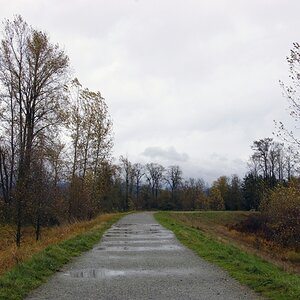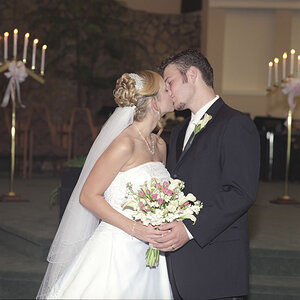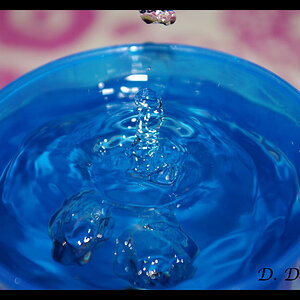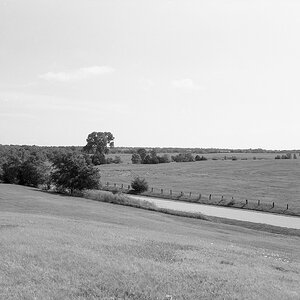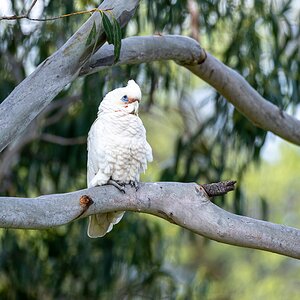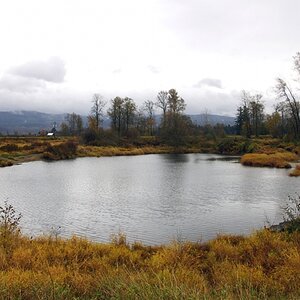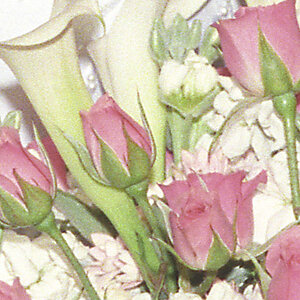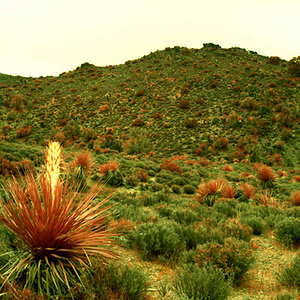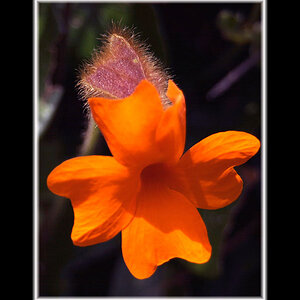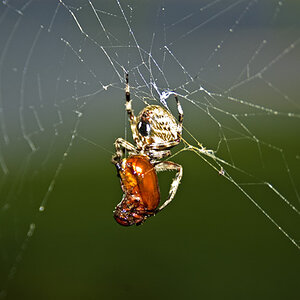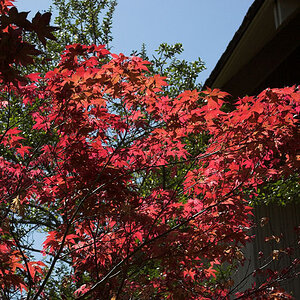ronlane
What's next?
- Joined
- Aug 3, 2012
- Messages
- 10,224
- Reaction score
- 4,961
- Location
- Mustang Oklahoma
- Website
- www.lane-images.com
- Can others edit my Photos
- Photos OK to edit
Thanks Bitter, I can totally understand the difference and the reasoning for the differences and I think that your photo is very interesting. What you have said adds a lot to the discussion and my understanding.
I'm just going to have to go walking back to that spot when I get off work and see how I can change this and make it better.
I'm just going to have to go walking back to that spot when I get off work and see how I can change this and make it better.










